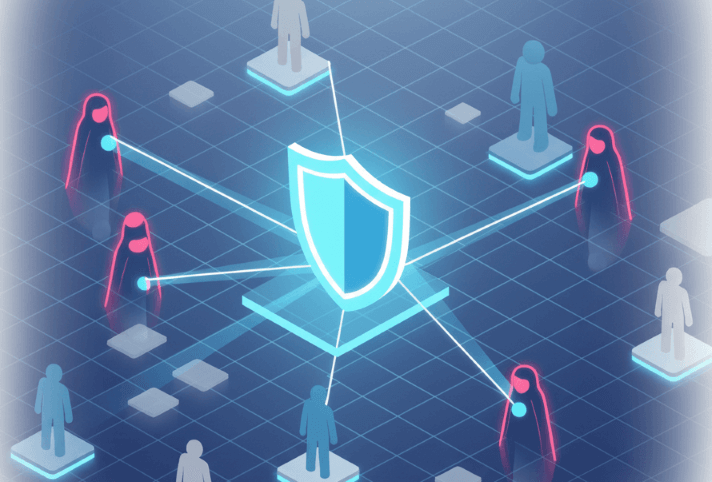How It Works
Secure your users in three simple steps. Trigger a verification request through an embedded form, email, SMS, or a hosted link.
Notification
The user is notified and directed to Trust Swiftly to complete the verification process.
Self-Verify
The user completes a dynamic verification flow tailored to their specific risk level.
Authentication
Verified identity data is securely sent to your business for automated processing and review.
A Complete Toolkit for Identity Verification
From AI-powered analysis to biometric authentication, our platform provides over 20 distinct verification methods. Mix and match to build the perfect workflow that balances robust security with a frictionless user experience.

Intelligent Fraud Prevention: Target Threats, Not Customers.
The key to effective fraud prevention isn't blocking everyone; it's intelligently identifying the right users to verify. Our platform applies dynamic friction—a targeted approach that ensures legitimate customers enjoy a seamless experience while high-risk actors are met with appropriate security checks.
This precision allows you to put trusted users on the fast track and escalate only suspicious activity for verification. The result is a secure and welcoming environment that effectively combats synthetic identities, friendly fraud, and chargebacks, all while protecting your customer relationships and revenue.
- Rapidly respond to threats with dynamic verification
- Uncover existing fraud and identify patterns of bad users
- Global coverage allowing for growth without security compromises
- Compliance with privacy regulations using cost-effective solutions










